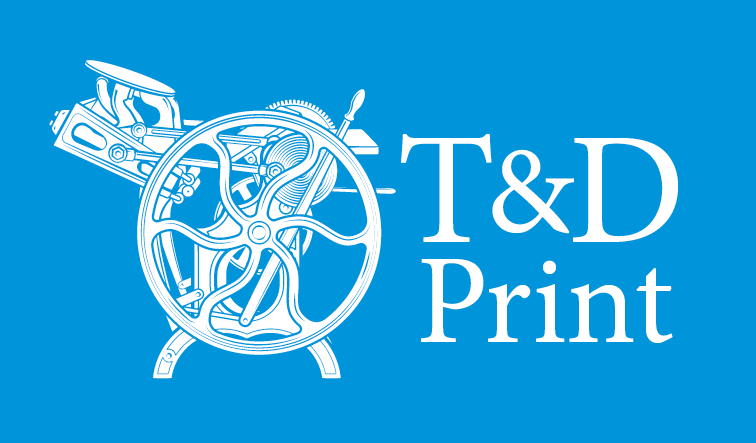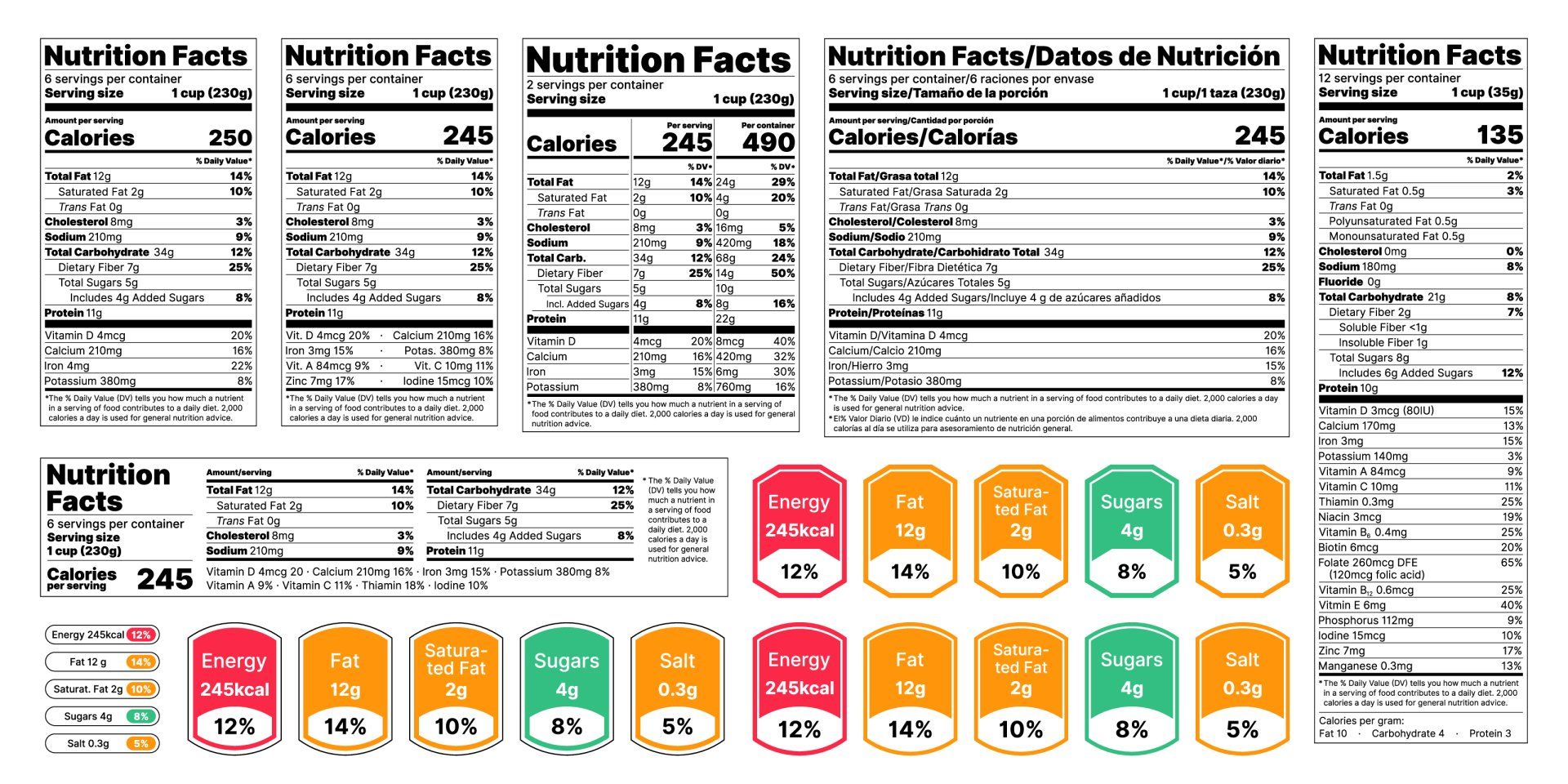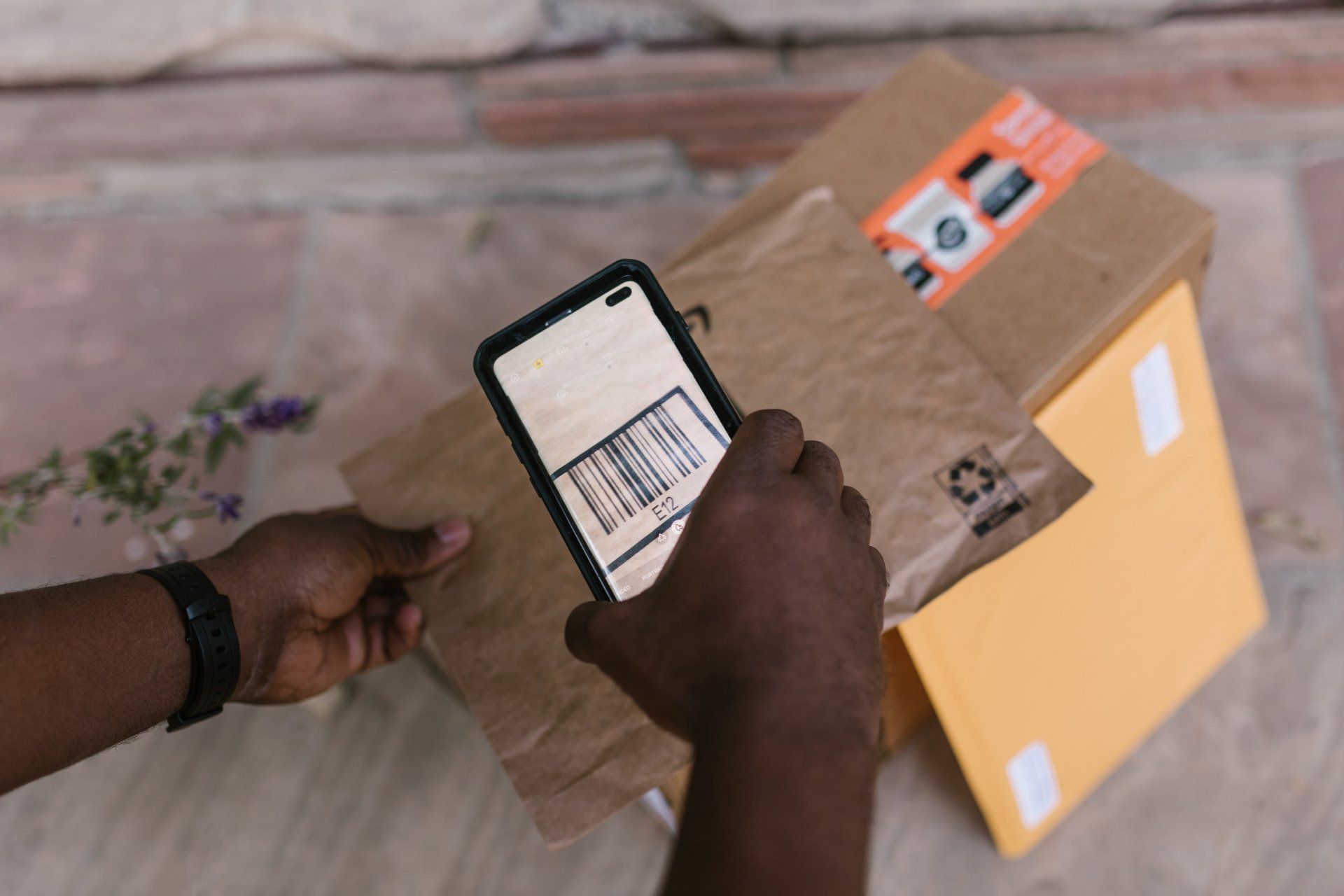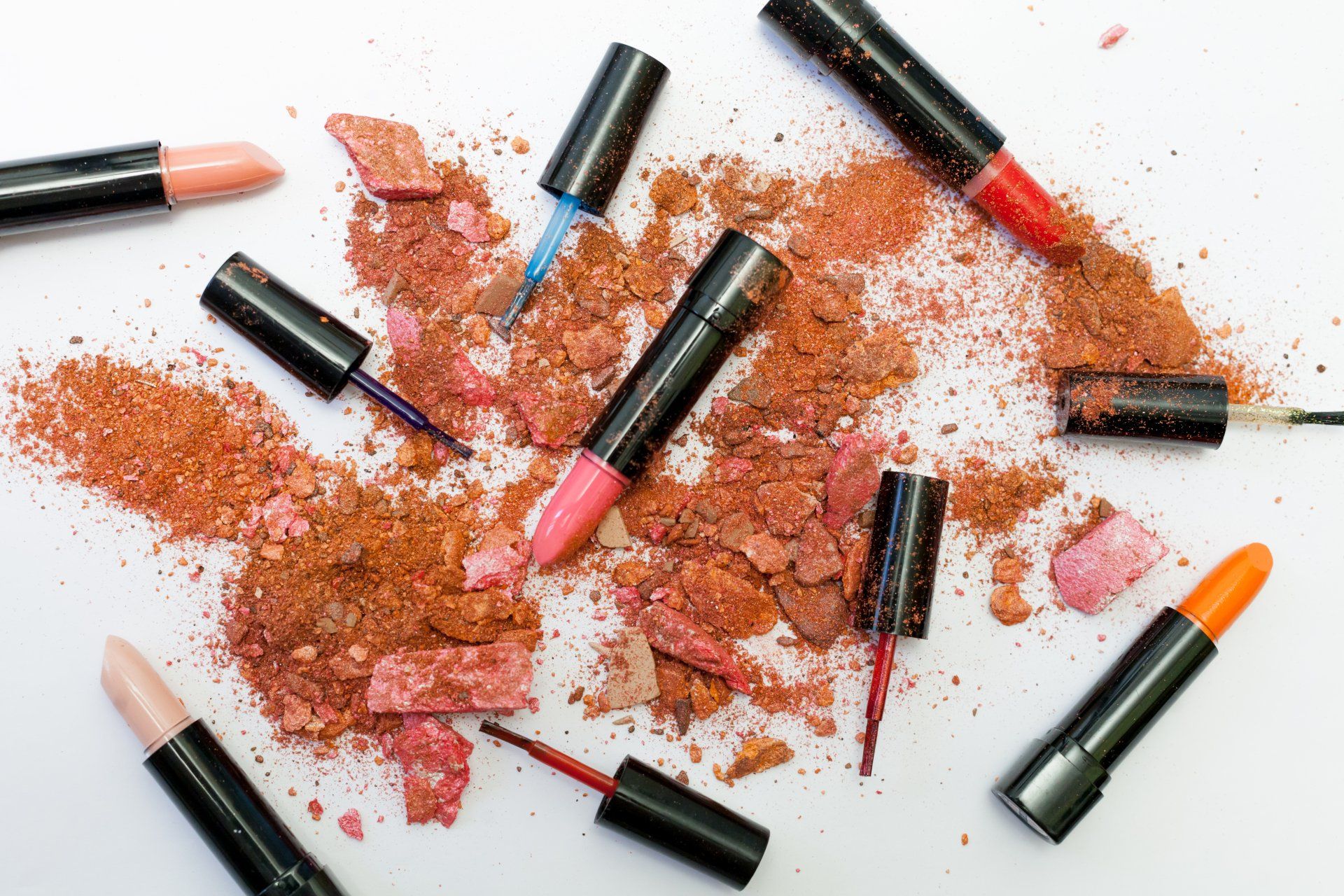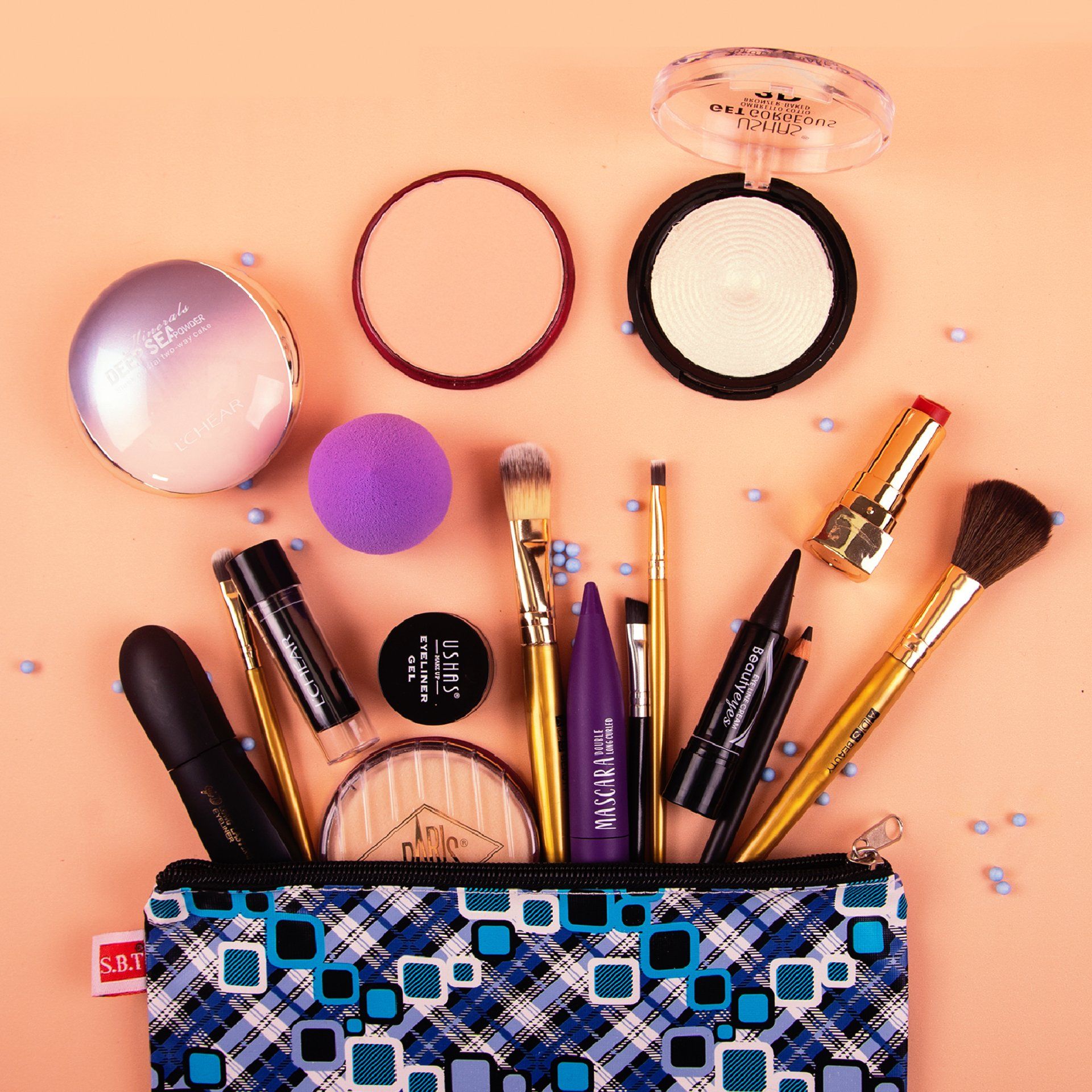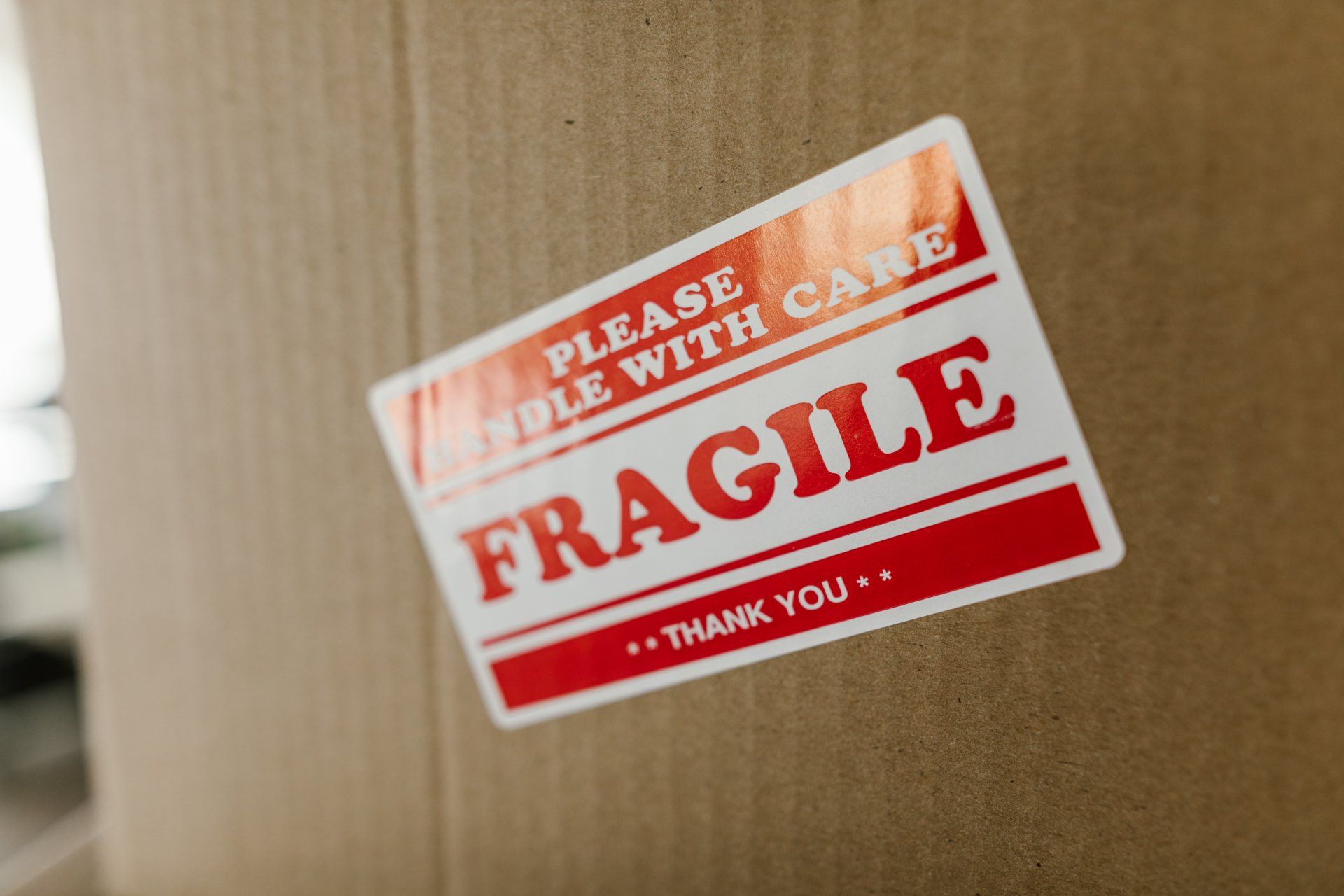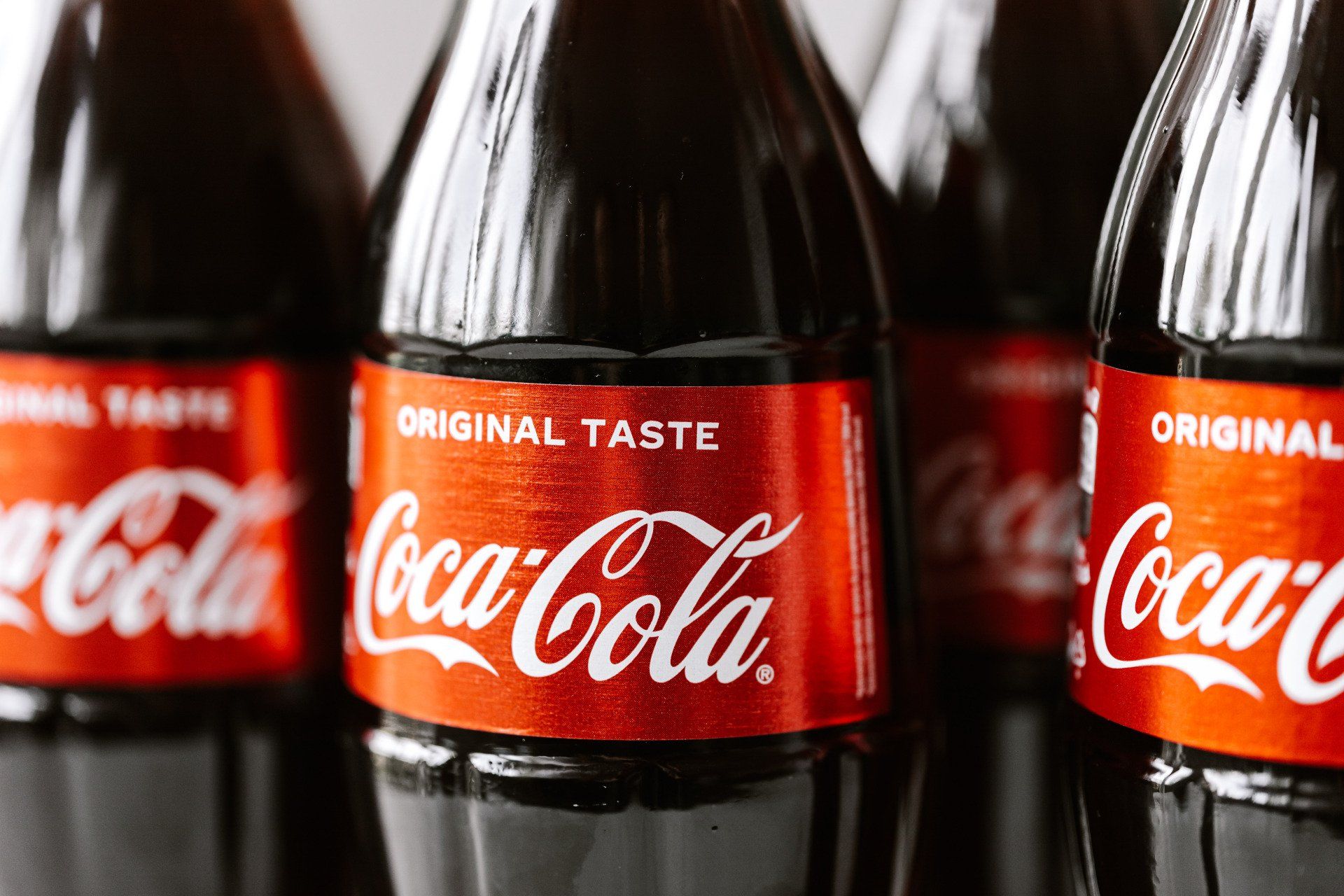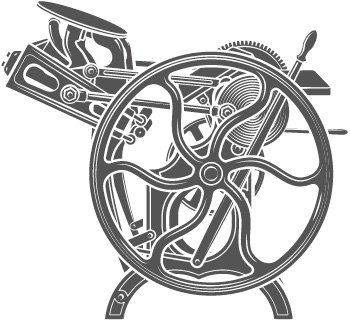The Durability of Different Product Labels

The lifespan of product labels varies depending on the materials used and can be distinguished through the shelf life and service life. Whether you’ve bought pre-made labels or gone for a custom label manufacturer, you must ensure that your labels will last an extended period for the awareness of your consumers.
Labels generally have a shelf life of one year when stored under 20℃ at a general rate of 50% humidity. However, this can vary depending on its use and the conditions faced in its environment and temperature.
Thermal Transfer Labels
Thermal transfer labels are made when a wax or resin material is transferred from a ribbon to the label media and melted onto it. These labels are very durable and depend entirely on the label media used.
Thermal transfer labels can be printed on paper stock with matt or gloss and colour options with permanent and removable adhesives. You can also use freezer grade adhesives if required. Paper labels can withstand low temperatures, which means they can be refrigerated or put in cold storage without worry. However, they are susceptible to moisture and will be impacted if left in humid spaces.
Labels made from polypropylene are available in both matt and gloss, which are both water-resistant and offer more durability for products that will be exposed to the weather. These are generally used for barcodes, QR codes, meat, address, warning labels and more, requiring a single colour and simple design.
Laser Printed Labels
Laser printed labels are produced using solid toner inks, fusing onto the label media. This provides an enhanced quality that can incorporate fun colour printing on demand and allows for small label runs.
Using laser printing, labels can be printed on a variety of stocks. These include paper (matt, kraft, semi- gloss, gloss), PET (gloss white and transparent), and PVC gloss white labels. Paper printed methods can be used for a wide variety of labelling, however they’re susceptible to moisture and oil. Manufacturers will often use PET as the preferred media for oil-based products. PVC is used when a more durable label is required, for example, when a label is used outdoors.
Inkjet-Printed Labels
Inkjet-printed labels use waterbed die inks to print directly onto label media. This method is only used for paper label stocks matt and semi-gloss or kraft. Inkjet labels provide a high-quality finish but are susceptible to moisture and oil unless protected by a laminate.
Both Laser and Inkjet-printed labels can be protected with laminate finishing where a thin polypropylene film is laminated to the label. This protects the print and makes the label more durable and less susceptible to water damage. A UV laminate can also be used if the label is exposed to sunlight for any length of time.
Contact T&D Print
T&D Print is the leading manufacturer of self-adhesive, barcode and product labels in large and small-scaled orders in New Zealand. To speak to one of our friendly team members about ordering your labels today, send us an email or give us a call via the contact section of our website.
